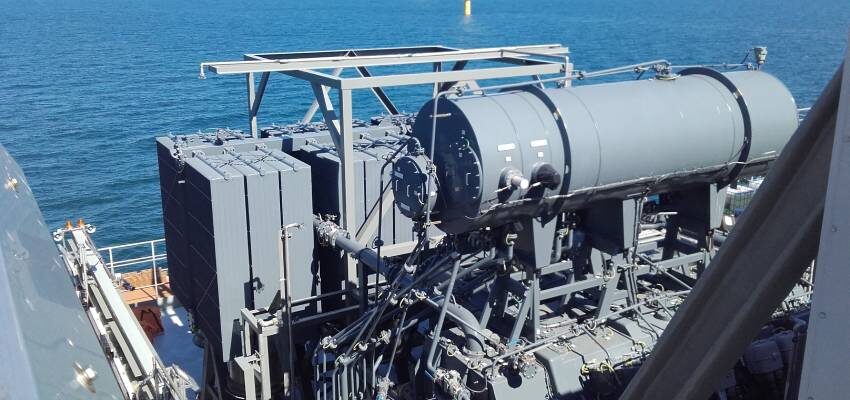
Enhancing the reliability of offshore wind farm transformers with customized design and maintenance
Many nations have set goals to meet a significant proportion of their energy needs from non-conventional sources.
byMichal Lasota, Miroslaw Owczarek

The growing demand for electrical energy and the significant increase in the importance of environmental issues has led to an increased share of renewable energy in the electricity generation process. Many countries are now attempting to reduce their dependance on electricity generated from the combustion of fossil fuels and emphasizing the generation of electricity from sustainable and environmentally friendly resources.
Globally, many nations have set goals to meet a significant proportion of their energy needs from non-conventional sources. Thus, it is estimated that the production capacity installed at sea will increase more than twenty times by 2050 because of the development of offshore wind farms.
The process of supply and installation of power transformers on an offshore windfarm substation is complex and technically demanding, especially during transportation from the shipyard to the target offshore locations. While equipment installation takes place with the supervision of specially trained and experienced service engineers, the same is necessary during the servicing and maintenance of the transformers on the platforms to ensure that the right procedures are followed in the harsh marine environment.
Working in the marine environment of offshore substations
Work conditions at sea and in the environment of offshore platforms translate into the need to develop dedicated technologies for the installation and servicing of power transformers. Service procedures for transformers operating on compact substations, which are installed on the platforms, and located at a significant distance from the coast, deviate significantly from the standard ones. Only pre-selected highly skilled personnel capable of autonomous decision- making should work on offshore platforms, which are by nature isolated.
Each action must be prepared in detail, taking account of appropriate procedures, risk assessment, or preventive measures. These elements form what is referred to as the Risk Assessment and Method Statement (RAMS), a document containing a detailed analysis of risks, exposure, the methodology of works, and the relevant mitigating measures and considerations.







